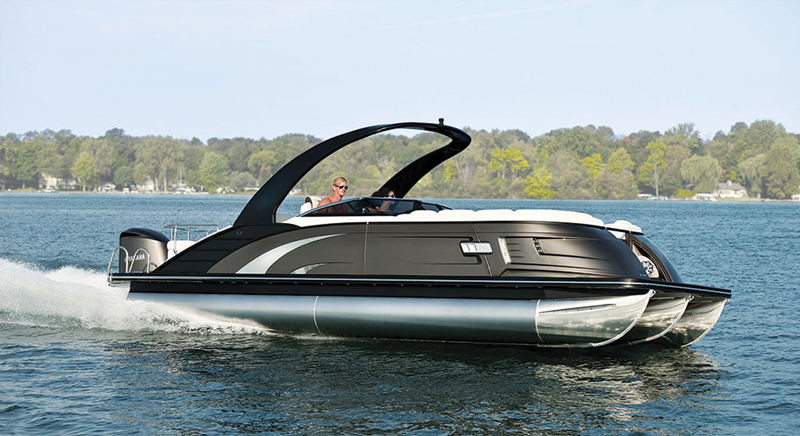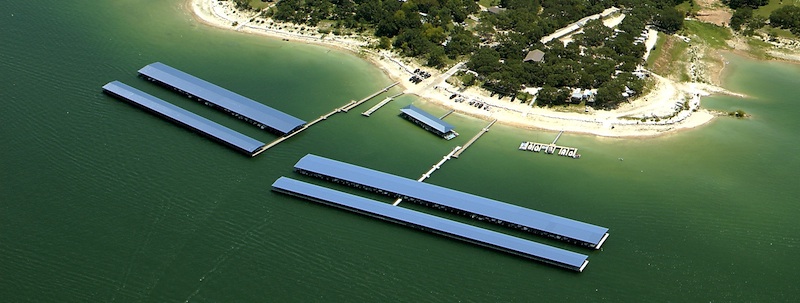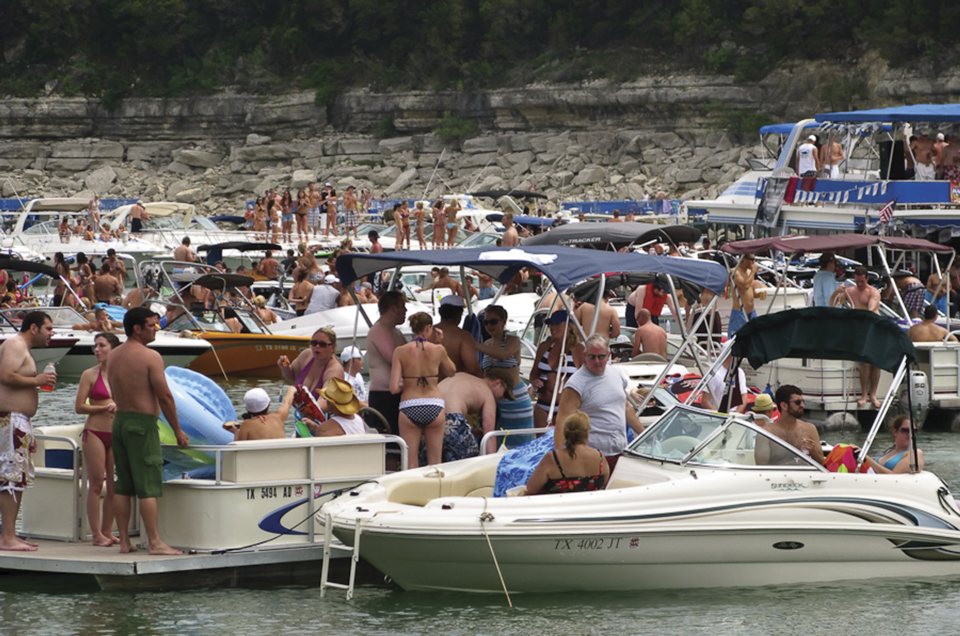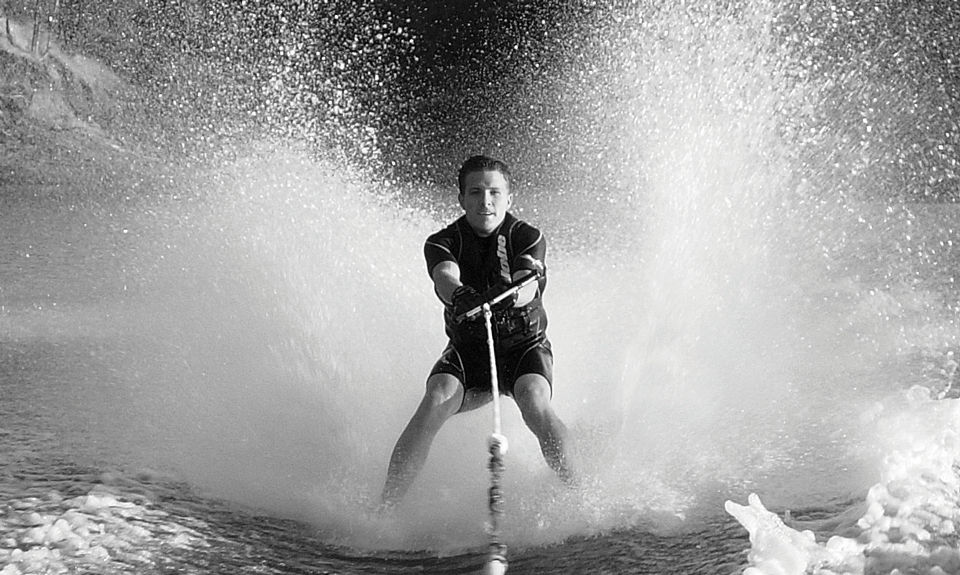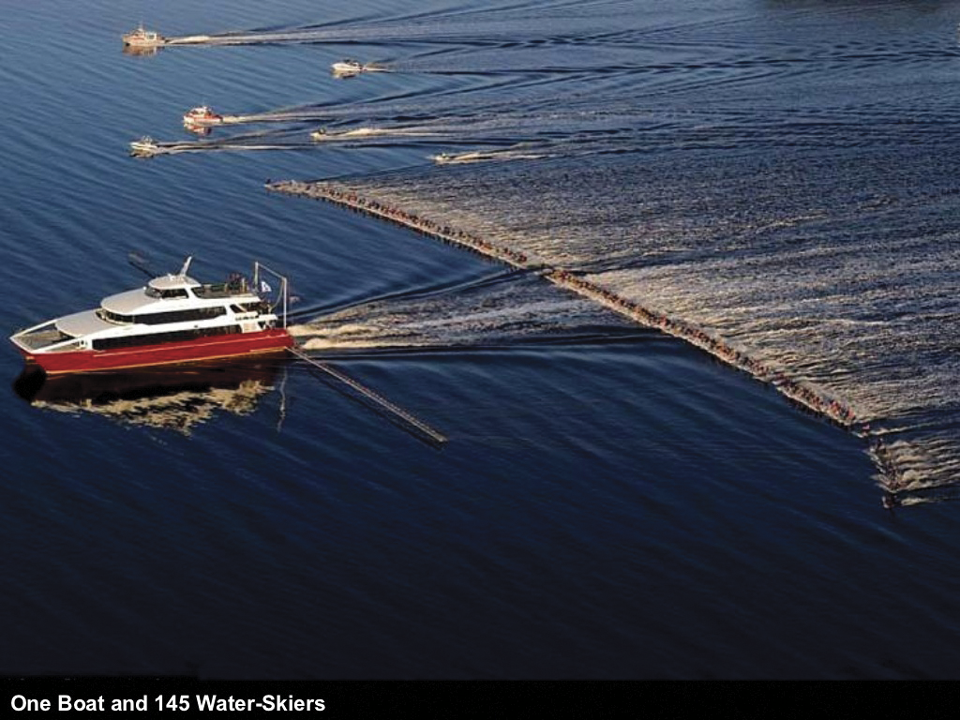Make a Splash!

Boat-Buying Advice for Beginners
1. Ask yourself why you want to own a boat. What kind of water activities do you enjoy? What’s your budget? How much time will you be spending on your boat? Answering these questions will help you decide on what kind of vessel would be best for you.
2. Do your research and take your time browsing. Boat-buying can be exciting, but make sure not to rush into the first deal you find.
3. Never purchase a used boat without taking it out for a ride on the water first.
4. Don’t get dazzled by the attractive cosmetic aspects of a new boat. Walk around the boat to check for the practicalities, like neat wiring, leaking hatches, engine function and visibility from the driver’s seat.
5. Go over the paperwork carefully to make sure everything's in order. You might not be able to get a permit for your boat if anything is amiss.
Types of Boats for Different Needs
Bowriders:
For those new to boating, bowriders are a perfect fit. They’re considered to be the most popular runabout boats, with extra seats for everybody on board to relax in the sun. Bowriders have a good reputation as a family boat, but doesn’t mean they’re not also plenty ready to give wakeboarders, skiers and tubers a thrilling ride.
Ski/Wakeboard Boats:
If you’re looking for a more professional experience, boats designed specifically for the speed and power that advanced skiers and wakeboarders crave are also available. Some of these boats reduce the size of the wake for skiers, allowing them to more easily glide across the water, and others create larger waves for wakeboard experts to perform tricks on. The catch is the price hike for such a specially designed vessel.
Pontoons:
Don’t discount the trusty pontoon. While older pontoons are typically slower and less maneuverable than other boats, modern pontoons can be used for watersports and they’re still perfect for cruising on the lake with your favorite beer and friends.
It’s All About the Money: The Cost of Owning a Boat
Even though the idea of basking on your own boat in the blazing Texas sun can take all your worries away, don’t forget there is a less relaxing side to boat ownership: cost and upkeep. So let’s get down to the nitty-gritty details. It’s not inexpensive to own a boat, even after the upfront cost of purchasing one. Insurance, permits, storage, and maintenance can all add up quickly, and a lot of these expenses vary widely depending on the size of your boat. Texas registration fees range from $32 for a 16-foot boat to $150 for a 40-foot boat, and registration has to be renewed every two years. Every insurance company has their own rates and policies, but on average, you’re going to end up cashing out $300 to $500 a year. You’ll pay much more than that though if you opt for a more expensive high-performance boat or yacht.
Beasts Beneath the Boats
Alligator Gar
With their long, crocodilian snouts equipped with needle-like teeth, this unusual freshwater fish can look downright prehistoric. Alligator gar can live for decades, growing up to ten feet long and weighing over 300 pounds. In the past, their appearance and raw power haven’t lent them a good reputation. The Texas Game and Fish Commission targeted them for elimination in the 1930’s, but today they’re safe as a popular sport fish that can help target invasive species.

Water Moccasin/Cottonmouth
The water moccasin makes its claim to fame by being the only venomous water snake in North America. Their poison can assault the circulatory system and cause extreme pain and muscle damage, but fatalities are rare. In fact, despite the fearsome myths surrounding them, cottonmouths rarely bite humans at all. Research shows they are much more likely to try to escape or put on a defensive show by opening up their striking white mouths, rather than to resort to an attack.
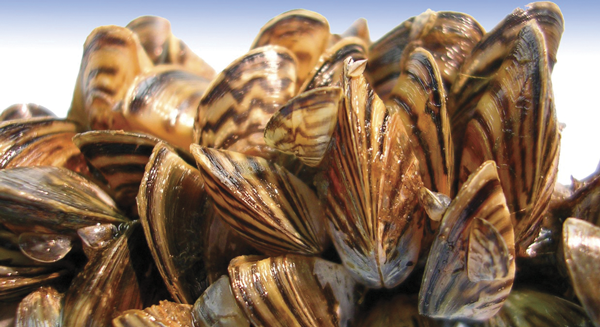
Zebra Mussels
While you may not cower at the sight of them, zebra mussels pose more of a potential danger than any reptilian creature. This invasive species can damage docks and motors and wreck water pipes, driving up water costs for entire cities. They haven’t made their way to the Highland Lakes yet, but lakes just a short drive away are facing an infestation. The Texas Parks and Wildlife Department warns that even Austin’s beloved Barton Springs could fall victim to the mussels if residents aren’t responsible. They implore boat, canoe, kayak and paddleboard owners to clean, drain and dry their vessels after each use to protect Austin lakes.
Where to Store Your Boat (on page 2)
Where to Store Your Boat
1) Renting a Boat Slip
West Beach Marina on Lake Travis ($290–$455 a month)
Pros: The most convenient option because your boat is already on the water.
You don’t have to go through the stress of owning a trailer or transporting your boat.
You can access the marina any time you want.
Cons: Rates can be very expensive and spaces are scarce, especially on popular Lake Austin.
Not as secure as other options, since other marina members can wander freely on the dock.
You’re restricted to boating on the one lake your boat slip is located on.
2) Storage Facility
Watson and Taylor Self-Storage ($175 a month)
Pros: Your boat is in a very secure location, so you don’t have to worry about theft or damage.
You can bring your boat to any lake you choose.
Cons: Storage facilities may be located far away from popular lakes.
Your unit will have to be pretty large depending on the size of your boat, which could get expensive.
3) Dry Docking
Highland Lakes Marina ($170–$230 a month)
Pros: Maintenance can be easier, as many dry docks have cleaning stations.
Employees at the dry dock can help get your boat in the water.
Cons: Moving boats with a forklift can sometimes cause damage.
You can only access your boat at certain times when the docking facility is open.
Where to Rent
If taking on the responsibility of ownership is too daunting for you at this point, Austin has plenty of places where you can take a boat and other watercraft out for a day. Popular options include the Rowing Dock for kayaks and paddleboards and Keep Austin Wet for all kinds of boat rentals. Hanging out in the Lake Travis area you’ll also be sure to spot VIP Marina’s double-decker party barges if the occasion requires it. Newer, more unconventional choices also pop up everyday. SUP Dog is an easy go-to for your paddleboarding needs because they deliver boards to your group at their Lake Austin and Lady Bird Lake drop-off spots. Boatbound, a savvy tech startup dubbed the AirBnB of boat rentals, allows people to rent out their own kayaks, boats and even yachts. Many listings are great deals you won’t find at a marina.
Which Lake Takes Best in Class? (on page 3)
Austin Lakes: Class Awards
Biggest Party Animal
Devil’s Cove
Lake Travis’ Devil’s Cove is the hotspot for on-the-water parties. Attendees often tie their boats together to socialize, have a drink, and turn the music up.
Most Mysterious
Lake Buchanan
Droughts revealed an eerie sight when they shrank Texas lakes a few years ago. As the water vanished, historians discovered ancient fossils, tools, buildings and even a small graveyard for freed slaves, all normally 30 feet deep underwater in Lake Buchanan.
Best Dressed
Lady Bird Lake
You just can’t beat the beautiful city skyline shimmering against the water as you slowly cruise by. Since motor boats are forbidden from Lady Bird, the smooth waters of the lake make for the best paddleboarding conditions in Austin. Keep in mind that you’re not allowed to swim in this lake, though, so stay aboard and enjoy that view.
Class Loner
Inks Lake
For a peaceful commune with nature, take the short drive up to Inks Lake in Burnet. 14 miles of quiet hiking trails loop around the lake and nearby Canyon of the Eagles. The water is usually less crowded than popular Lake Austin and there aren’t any restaurants or bars on the lake, so the party crowd is likely to leave you alone with your thoughts here.
Top Tips from the Pros
If you want to join some of the fastest-growing watersports in the world, here are a few beginner tips from local experts to help get you started.
“Just get out there and try it! If you don’t want to pay for lessons there are a ton of videos available online for free that will walk you through everything from getting up on the board to advanced tricks. Wakeboarding is a sport that is best enjoyed with friends, so jump into the Austin wakeboarding community! Join Facebook groups, meet people at the cable park, or join Texas Wake, there are tons of options to find a group of people to learn this sport with.”
—Taylor Yarbrough, Texas Wake
“Relax in the water and don’t try and force it with the board. Have fun and be patient! It’s only a matter of time before you are throwing in the rope.”
—Clint Smith, Shred Stixx Wakesurfing
“Keep your arms straight, handle bar low, and core tight. Whether you're a pro trying to beat a world record or a regular joe who wants to try out water skiing one Saturday afternoon, keeping these in mind will take you farthest.”
—Yousef Saleh, UT Water Ski
“Strong legs and a strong core are key to wakeboarding. Anybody can do it, but from what I’ve seen the people that come back are the ones already in decent shape or wakeboarding helps them get into better shape. It’s really a full-body workout.”
—Jerry Taylor, Quest ATX
A Twist on the Traditional: Barefoot Skiing
It’s as close as you can get to walking on water. Barefoot skiing, or “barefooting,” came about in 1947, when 17-year-old A.G. Hancock became the first person to glide across the water wearing no skis at all. Although it may take your feet a while to become conditioned to the experience, most people say that at worst, it makes the arch of your foot feel hot. If you’re ready to take on this unusual style, there’s several ways you can go about it. A lot of people practice their positioning on land before going in the water. Once on the lake, you can use a boom the first few times and start by stepping off a single ski, instead of going barefoot straight away.
Five Fun Facts
1. Tasmania, Australia holds the world record for most water skiiers towed behind a single boat at one time—145!
2. The Arctic roots of kayaks go back at least 4,000 years, when Inuit tribes created single-passenger hunting boats by stretching animal skin over whalebone.
3.Texas ranks at number six in the country with over 580,000 registered boats, but California claims the top spot with over a million.
4. The first water skier in 1922 used only two pine boards as skis and a clothesline as a towrope.
5. Nearly all of Texas lakes are man-made. There’s only one natural lake of any size in the state: Caddo Lake, situated right on the border between Texas and Louisiana.
